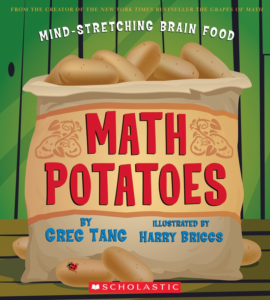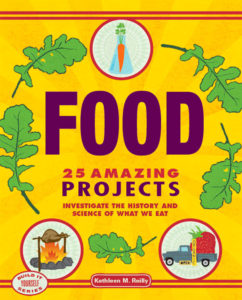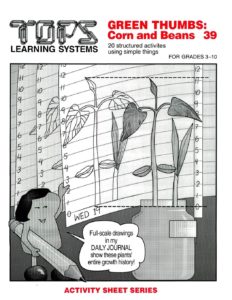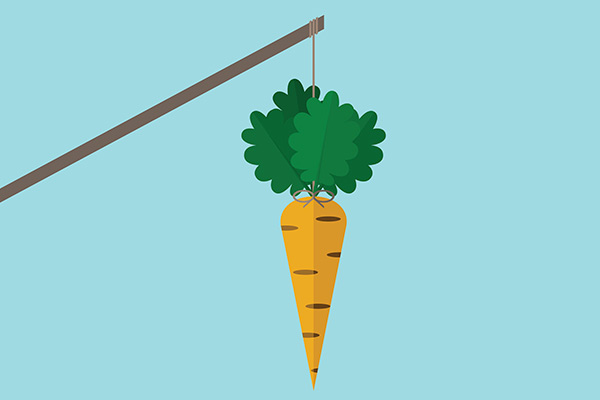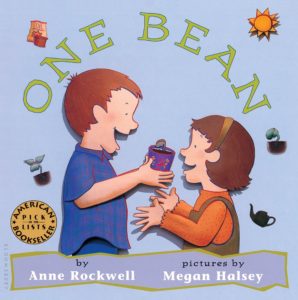 |
Anne Rockwell’s One Bean (Walker, 1999) covers the life cycle of a bean in child-friendly fashion. Get a bean and a paper cup and plant along. For ages 3-6. |
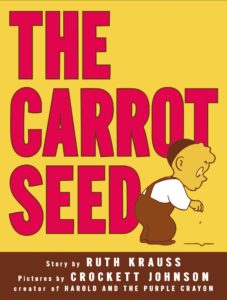
|
Ruth Krauss’s The Carrot Seed (HarperCollins, 2004), originally published in 1945, is the story of a little boy who plants a carrot seed – after which everyone tells him that it will never come up. Still, his faith and dedication never falter, and eventually he harvests a truly spectacular carrot. For ages 3-8. |
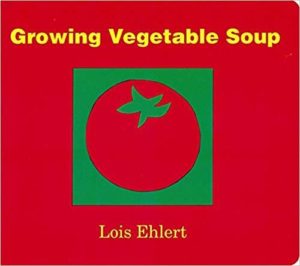 |
In Lois Ehlert’s brilliantly illustrated Growing Vegetable Soup (Sandpiper, 1991), a child and father plant and tend a garden, harvest the vegetables, and cook up a pot of vegetable soup. A soup recipe is included. For ages 3-8. |
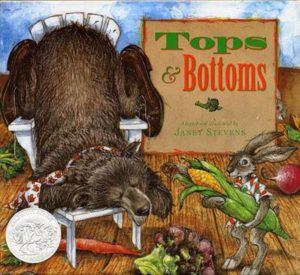
|
Janet Stevens’s Tops & Bottoms (Harcourt Children’s Books, 1995) is a trickster tale that shows the advantages of knowing one’s veggies. Hare and Bear make a deal: Hare will farm Bear’s land and they’ll split the crops. Bear just has to choose: does he want tops or bottoms? When hapless Bear picks tops, Hare plants carrots and radishes; when Bear picks bottoms, Hare plants celery and lettuce. Funny, clever, and a lesson learned at the end. For ages 4-8. |
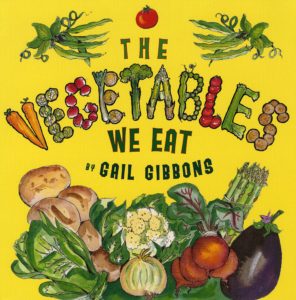
|
The Vegetables We Eat by Gail Gibbons (Holiday House, 2008) covers eight groups of vegetables, with lush illustrations and scenes of garden, farm, and supermarket. Text is straightforward and unexciting (“It is good for us to eat vegetables”), but the pictures compensate. For ages 4-8. |
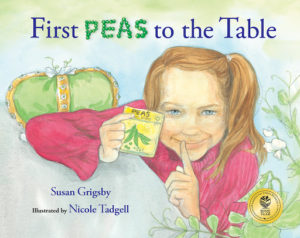
|
In Susan Grigsby’s First Peas to the Table (Albert Whitman & Company, 2012) , Maya and her classmates plant a school garden and race to see who can produce the first peas – just like Thomas Jefferson and neighbors did in Jefferson’s annual pea contest. For ages 5-8. |
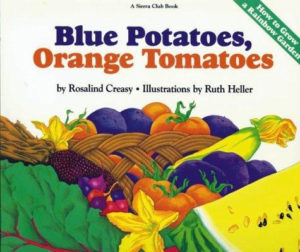
|
Rosalind Creasy’s Blue Potatoes, Orange Tomatoes (Sierra Club Books for Children, 2000) is a picture-book guide to planting a “rainbow garden” filled with unusually colored plants. Who wouldn’t want to grow purple beans? For ages 6-9. |
|
Also see GARDENING. |







